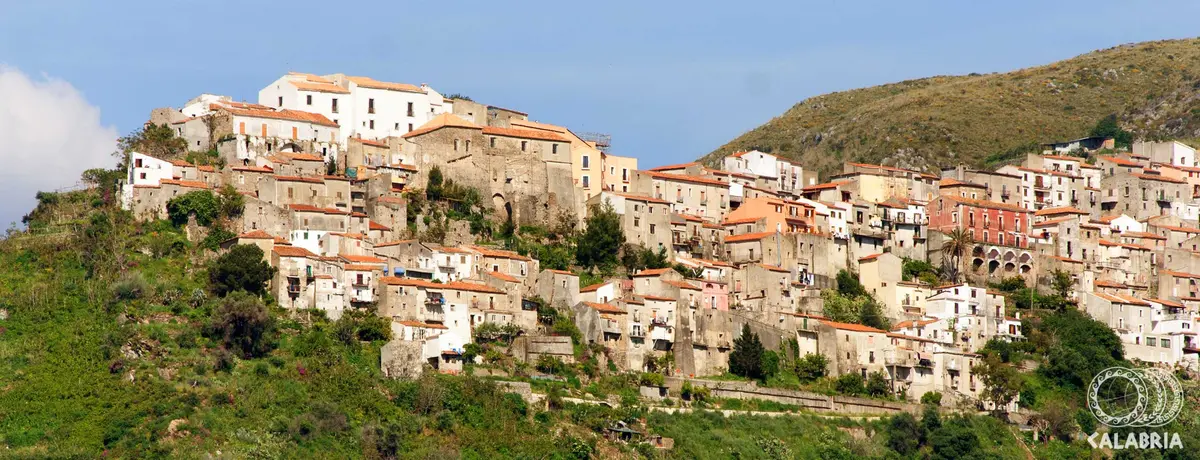Santa Maria del Cedro
Santa Maria del Cedro, the village that smells of sea and cedar

Food and wine
Santa Maria del Cedro - Regione Calabria
Where is Santa Maria del Cedro? In the centre of the ‘Riviera dei Cedri’ Regional Marine Park, a stretch of sea characterised by cliffs with fiery sunsets, seabeds rich in flora and fauna, and a renowned product that gives its name to the entire coastline.
We are talking about the Cedar of Calabria PDO, a unique fruit among the excellences of Calabrian agri-foodstuffs. In its variety ‘’Cedro Liscio di Diamante‘’, this rare and renowned citrus fruit is at the centre of a special Jewish ritual.
The link between the Cedar of Calabria and Jewish ritual is reflected in the Sukkot (‘Feast of the Huts’) ceremony, during which rabbinic leaders from all over the world come to Santa Maria del Cedro to harvest the Perì ‘etz hadar (the exact variety of cedar mentioned in the Bible) and use it for the construction of the huts that evoke the crossing of the desert.
The best place to discover its secrets is the Cedar Museum in Santa Maria del Cedro, which also includes an Artistic Route, located in the historic centre of the village, and an Archaeological Route, which leads to another unmissable place: the Archaeological Park of Laos, an ancient colony of Magna Graecia.
Also worth visiting, in a panoramic position, is the medieval Abatemarco complex, where the ruins of the Abatemarco (or San Michele) Castle and the church of the same name stand on the remains of an ancient Basilian monastery.
The sea at Santa Maria del Cedro is a dip in the most dazzling blue, alternating between stretches of free beach, lidos and equipped bathing establishments, as well as a promenade full of clubs and shops.
Useful information
What to know about Santa Maria del Cedro
Events
There are 3 events scheduled.
Where to Sleep
There are 22 available accommodations.
Places
There are 3 places to visit.
Travel Ideas
There are 4 travel ideas.
Infopoint Santa Maria del Cedro
Via Nazionale, 1, Santa Maria del Cedro
No result









